By now I have posted several times about my new G3TXQ Broadband Hex Beam which came online in March 2010. I figure it is time to post a bit more on the materials I used for my version of the hex beam. Read more about the fine spreader kit from Max-Gain Systems.
For some reason I wasn’t quite satisfied with the hexbeam kits or assemblies from any particular vendor. My particular hex beam is a 20, 15, 10 and 6 meter model resulting in the particular annoyance of a minimal price break for custom band choices differing from the usual 5 or 6 band models. I opted to research all the offerings and hand pick the best from each.
I already have a post concerning my selection for the hex beam’s center hub. After reviewing the several aluminum plate styles offered by Leo, Hexkit and many others, I chose the molded Hex Beam Aluminum Hub by DX Engineering.
For wire I purchased 200 feet of 14 AWG Flexweave with Clear UV Resistant PVC Insulation. This wire is simply fantastic and has saved my bacon several times including at Field Day 2010 when I had to unravel the hex beam. My only concern is will it stretch over time and change the tuning. Time will tell.
So I had the hub and the wire. All I needed to finish the beam was spreaders and some rope.
I thought about the spreaders far too much. I read every post on the Hexbeam Yahoo forum. Many folks were using things like fishing poles, plumbing PVC and other locally available products for the spreaders. The consensus seemed to be fiberglass was the material of choice for long term enjoyment of the hex beam antenna.
Some folks said they found fiberglass poles locally. I could not. So I examined what Leo was using and saw Max-Gain Systems provides an appropriate kit of intersecting poles for both the Traffie style MW Hex Beam and Steve’s (G3TXQ) Broadband. I am not a cheap ham, but I did have a budget. After some thought, I realized I had already committed to Cadillac components starting with the amazing DX Engineering Hexx Hub. In about three seconds I decided to order the kit of poles from Max-Gain Systems and be done with the selection process.
Below are some photos of the arrival plus subsequent modifications and assembly of the Max-Gain Systems fiberglass kit. I needed some of the black rope also so simply added that to my Max-Gain order.
I cannot complain one bit about the Max-Gain Systems fiberglass poles. They just work.
Not discussed are the two 1 inch x 48 inch fiberglass poles also shipped by Max-Gain. One of these poles is for the vertical center pole of the antenna. The other is simply a spare pole that comes with the fiberglass kit. I wound up using PVC for the center pole and saved the other pole for future possibilities. However, I did make good use of the spare pole; I used some of it to reinforce the PVC from the bottom of the antenna to just above the hub. The 1 inch fiberglass tube fits perfectly inside 1-1/4 inch PVC. This allayed my concerns the PVC pipe would simply crush when clamped into the rotator and the PVC would buckle during rough handling. The fiberglass pole inside the PVC pipe provides a sturdy inner core.
I wish I could have run the fiberglass the whole length of my hexbeam’s center post, but the wire connection bolts prevent this. I am still satisfied as I think most of the stresses in the center post exist between the rotator and the center hub. PVC plus fiberglass core exist in this critical area.
I now have a portable (mostly) contest band broadband hex beam and it really does work pretty darn well.
This G3TXQ Broadband Hexbeam project exceeds my expectations wonderfully well.
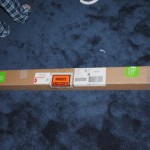
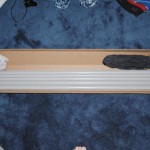
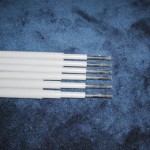
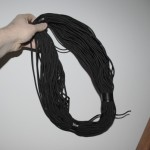
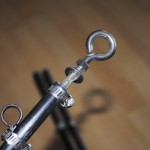
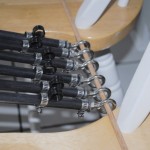
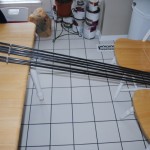
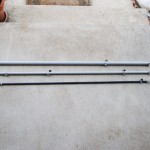
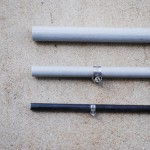
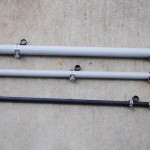
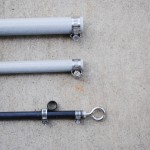
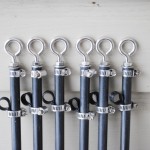
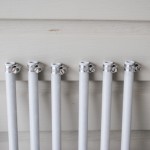
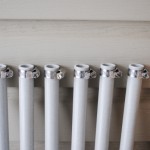
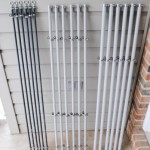
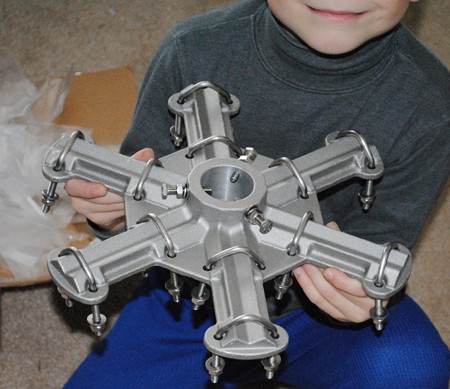

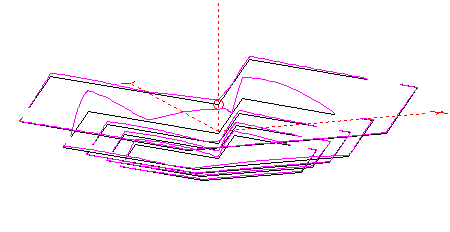
how much are the poles.shipped to fresno?